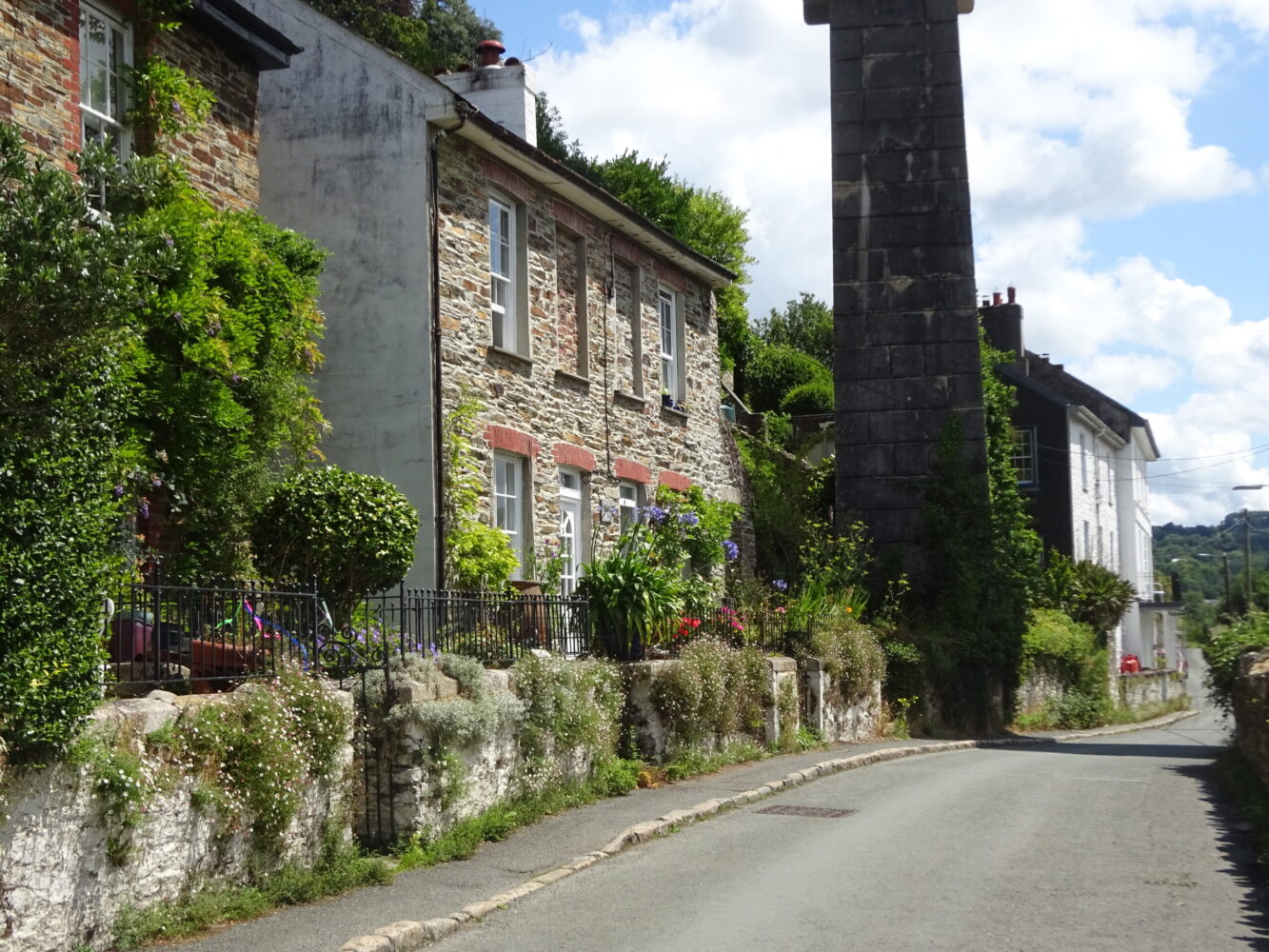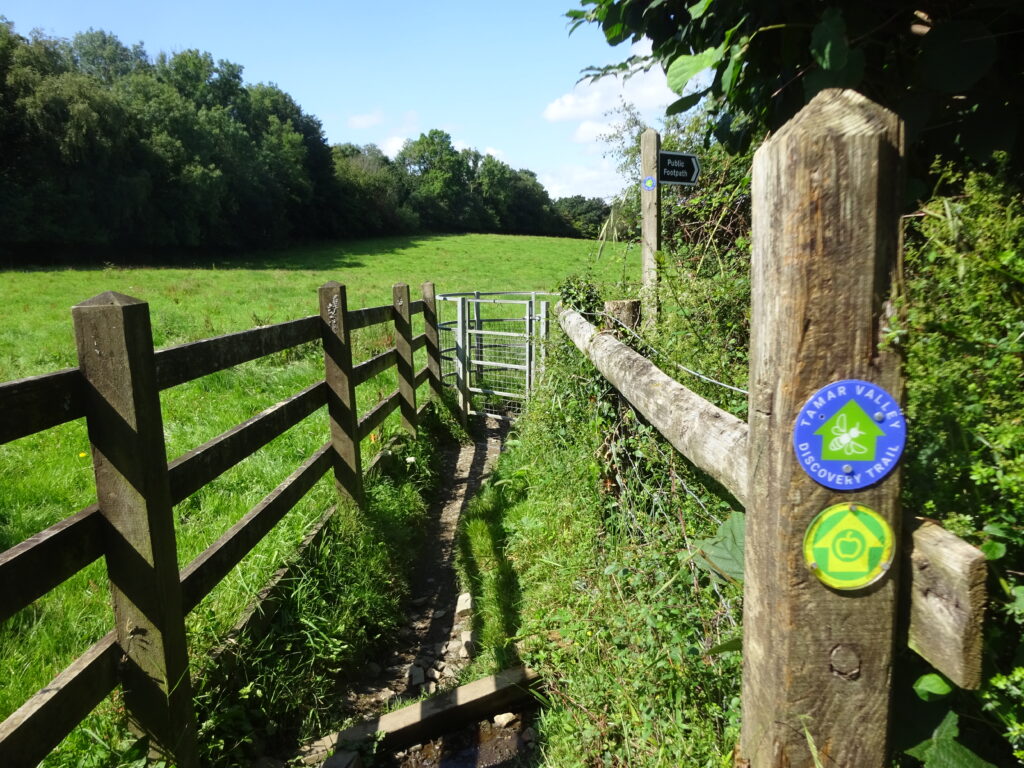A wonderful walk upriver along the Tamar Valley Discovery Trail, via sweeping pasture fields, woodland and quiet lanes, enjoying glorious views along the Tamar at every turn.


The creation of this walking route has been led by the Tamara Landscape Partnership Scheme, a project run by the Tamar Valley National Landscape and funded by the National Lottery Heritage Fund.







Whether you’re an avid hiker eager for a week-long adventure tracing the Tamar River from sea to source or just looking for a short stroll to a cosy pub, there’s something for everyone.
Find out more about our marvellous landscape by visiting the Tamar Valley National Landscape’s website.



© Vist Tamar Valley 2024 | All Rights Reserved
